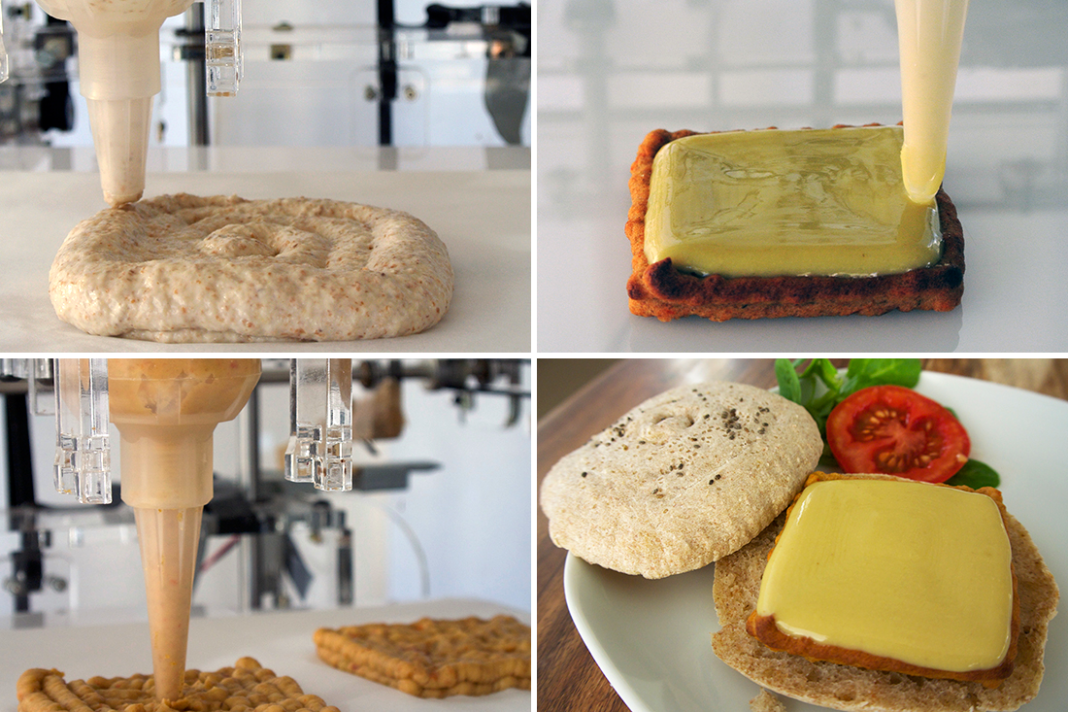Food trends change all the time, and not just dependent on where you live, but also when. For example, 100 years ago they were not eating most of the stuff we have today. Pop Tarts, Cheetos, and Gatorade would certainly not have existed, and if you were to go back in time now and try and introduce these things, they would probably get thrown at you. But, the point is that sometimes you just can’t help what food is introduced around you and accepted as the norm, and over the next 30 years, we will see odder but edible manifestations are coming our way. Below are eight future foods that are not a million miles away from being introduced into society and are being worked on now:
Farmed fish: Fish farming is a great way of creating sustainable farming that doesn’t use a lot of resources. Unlike cattle, fish don’t require much space to live, and they need only a fraction of feed in comparison, yet they can still generate the same amount of protein. Of course, overfishing is a concern, but as long as best practices such as catch limits are in place, stock limits of fish could increase substantially by 2050.
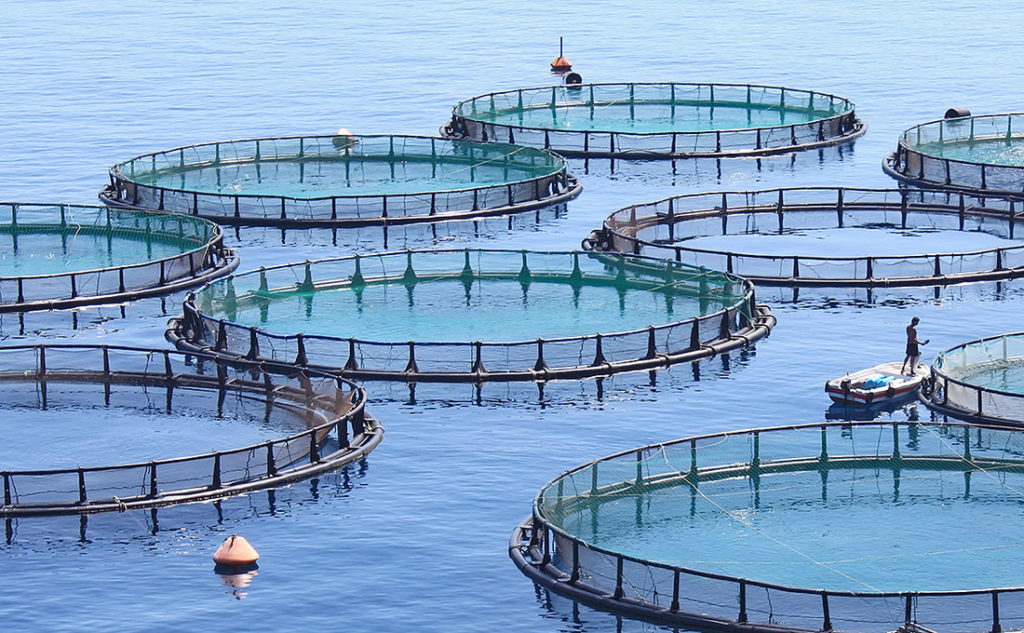 GMO everything: CRISPR is now being used to allow scientists to modify plant genomes and so far has been used to produce non-bruising potatoes, non-browning apples, and virus-resistant pigs. If better food can be produced that’s still safe to eat, then why not?!
GMO everything: CRISPR is now being used to allow scientists to modify plant genomes and so far has been used to produce non-bruising potatoes, non-browning apples, and virus-resistant pigs. If better food can be produced that’s still safe to eat, then why not?!
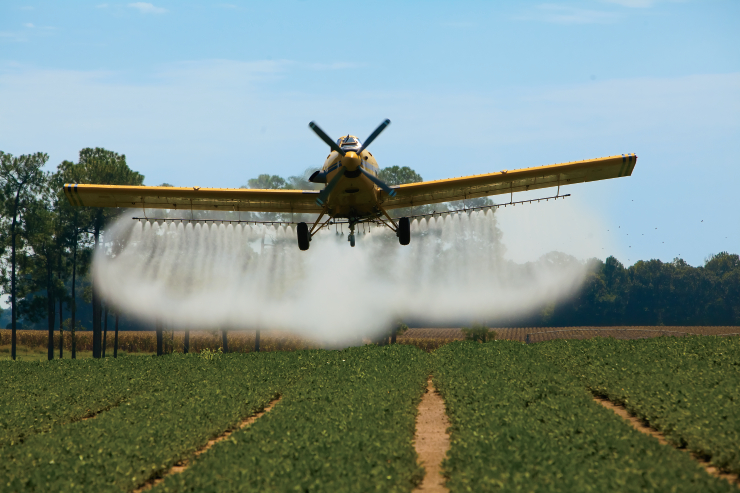
Fake fish: NASA researchers have proved that it’s quite possible to grow fish in a lab, just like meat is. These full flavored fish fillets were made by dipping goldfish muscle into fetal bovine serum (the same process used to harvest fake meat). One company, New Wave Foods, is on a mission to use red algae to produce synthetic shrimp.
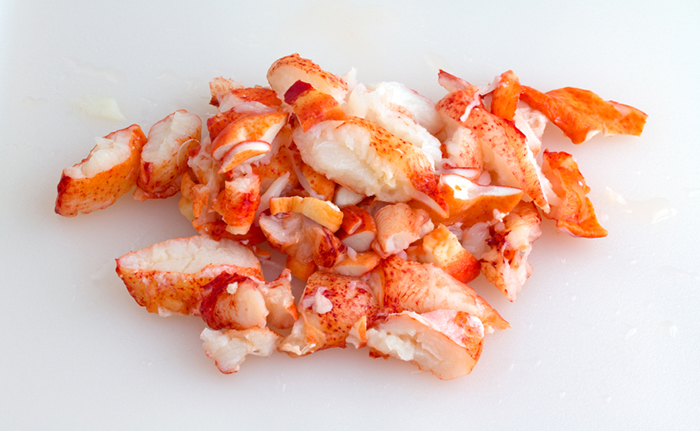
3D printed food: This is an option that will definitely please a lot of people. The ease and simplicity of 3D food printers is a fantastic way for older adults (and others) to safely and quickly prepare their own meals.

Algae: In 2013, a study into algae found that microalgae feed off carbon dioxide in the atmosphere and produce proteins, carbohydrates, and fats in return. More recently, research confirmed that some forms of algae actually promoted good heart health as contained an abundance of omega 3 and other fatty acids. Algae has already been introduced into some foods, too, including in beverages and oil.
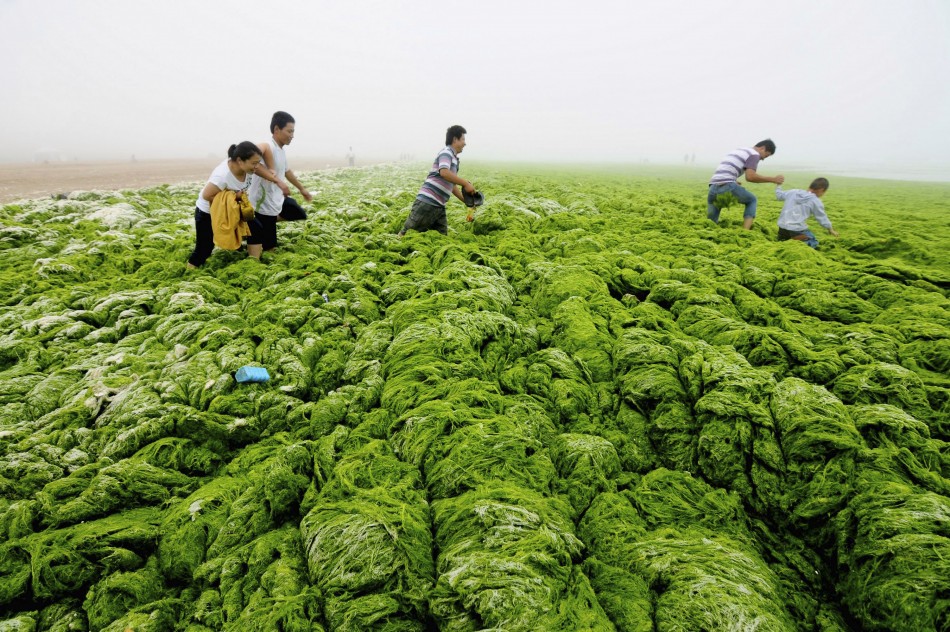
Photosynthesize: If we could learn to photosynthesize, we would need no more food. The Elysia chlorotica sea slug manages to use algae’s DNA to photosynthesize itself, so how about we all just follow suit?

Lab-grown meat: It’s an industry in itself that starting to take off with companies such as Memphis Meats and Mosa Meat looking to get some of the action by selling synthetic meat to the general public. But, experts suggest that it will probably still be another 10 to 20 years before we see synthetic meat mass produced.
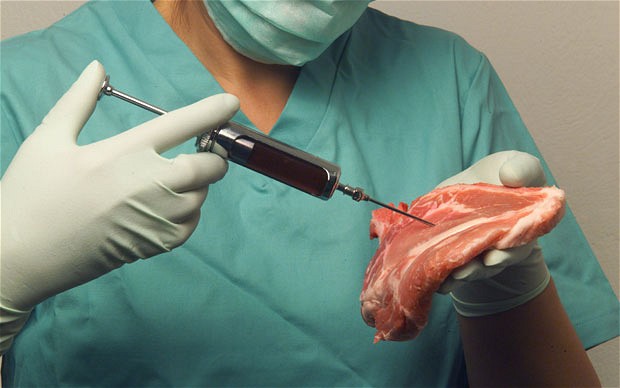
Bugs: Bugs are being used more often in food, and cricket flour been known to appear recently in pasta or food bars to give it that little extra protein. Alternatively, you could just eat the cricket whole as an even better source of protein.
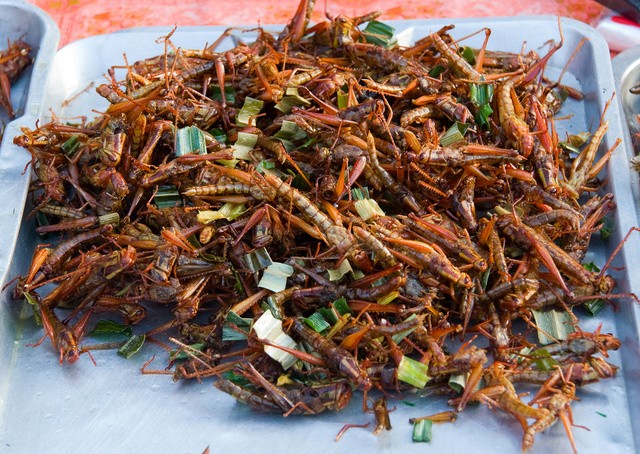
So, these are just a few of the different foods you may be seeing soon. Some of which don’t seem too bad, and others that you may want to give a wide berth to. Either way, at least you’re now a little bit more prepared as what can be expected to be seen in our food within the next 30 years.
More News To Read
- Can AI Decode Our Brain’s Complicated Activity to Diagnose and Treat Mental Disorders
- Next Generation Carbon Nanotube Computer Memory is on the Way
- These Lenses Might be What you Need to Take Better Photos With your iPhone
- Was Einstein Right, Is Time Travel Possible? Scientists Tested it
- Boost Your Brain Power for Just a Few Cents

